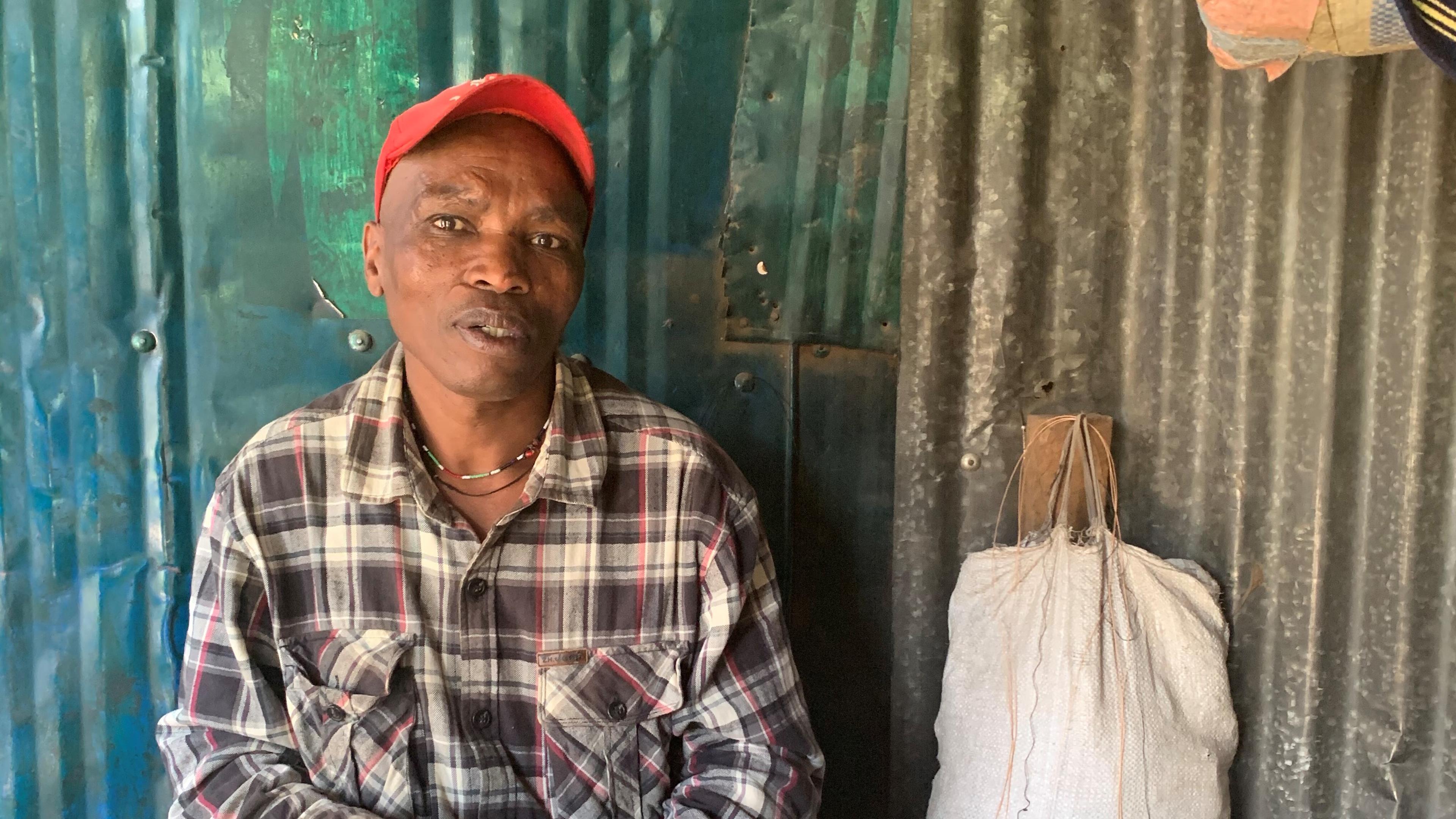Community Inclusion Currencies
 © Emilie Skogvang/Innovation Norway
© Emilie Skogvang/Innovation NorwayScope of the project
Community Inclusion Currencies (CIC) is an open-source blockchain-based disaster response and recovery solution that enables fragile communities through mobile networks to trade their own digital tokens for goods and services. CICs improve real-time risk communication, enhance awareness, and strengthen resilience in informal and displaced communities in urban, semi-urban, and rural settings. The first CIC token minted is called “Sarafu” which means “coin or currency” in Swahili.
Impact and lessons learned
With support from various public and private partners, the project developed an open-source technology stack called Kitabu Blockchain that includes a digital wallet to access and transfer CICs without the need for Internet, a blockchain-based transaction ledger, various analytical tools and dashboards, and accompanying interactive training and on-boarding materials.
Upon the conclusion of the program in December 2021, there were nearly 60,000 registered households in Kenya using CICs. With a total of US$140,530 CIC tokens in circulation generating roughly US$2 .7 million in trade value, the CIC program observed a 19x economic multiplier on roughly 474,000 individual transactions. In other words, for every US$1 injected into the system about US$19 in economic and social value was achieved.
The CIC program placed community members at the centre of its interventions. By integrating meaningful community participation throughout the CIC program in Kenya, the communities were recognized as equal partners, whose needs, priorities, and preferences guided the entire implementation value chain. Throughout the program’s implementation, mechanisms to capture and act on feedback and complaints were deployed and used. For example, the project partners provided various communications that ranged from digital solutions (e.g., call centers, text, and web based) to in person assessments and discussions. Furthermore, the CIC program used Focus Group Discussions composed of community members to create space for community members to raise concerns and provide real-time, actionable feedback. The CIC program also leveraged performing arts, such as theatre, to stimulate the participation of community members in the design process as well as to convey key operational and utilization messages. Other interactive media channels, for example CIC radio shows created additional outreach and engagement opportunities for CIC members to ask questions and receive immediate answers from Kenya Red Cross and Grassroots Economics. The CIC program also developed various information materials on CIC and the program, including posters, which were placed on strategic places within the community.
Other lessons and advice:
- Collaborating with start-ups on core technology can be very risky. In some cases, it is better to hire individuals with the key skill-sets inhouse and go slower than outsource.
- In a technology project, you need at least one person in-house who can audit the code being developed in real time.
- Employ Human Centric Design principles such that programs do not focus communities to adapt to the program but for the program to adapt to the community.
- Weekly check-in meetings with the Stewards Group, which consists of key stakeholders including core donors, such as Innovation Norway, ensures transparency and minimizes surprises at the end of the grant.
- Share good news and bad news. This builds trust.
- Sometimes going backwards is necessary to go forwards; don’t be afraid to restart with new partners.
Who are the project partners?
The project a partnership between Norwegian Red Cross, Danish Red Cross, Kenya Red Cross, IFRC, Grassroots Economics Foundation and the payment platform provider Sempo.